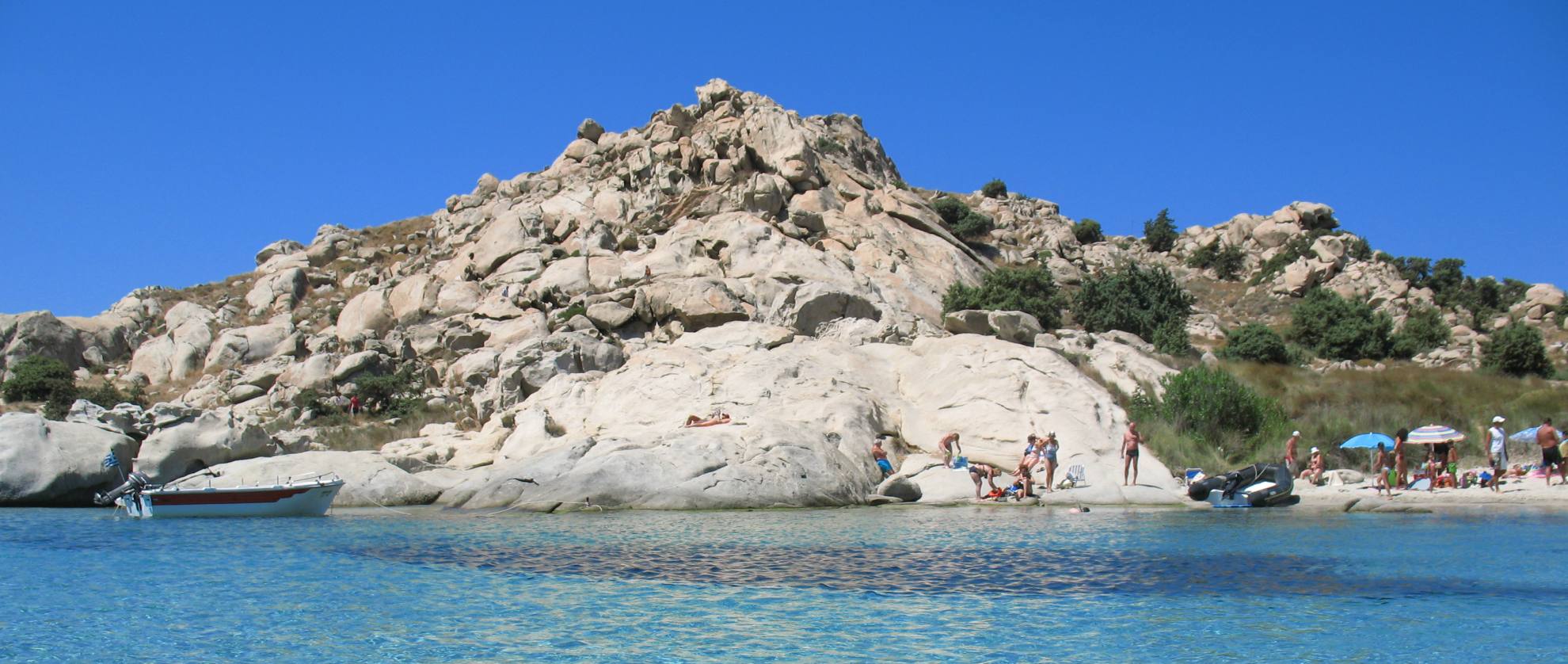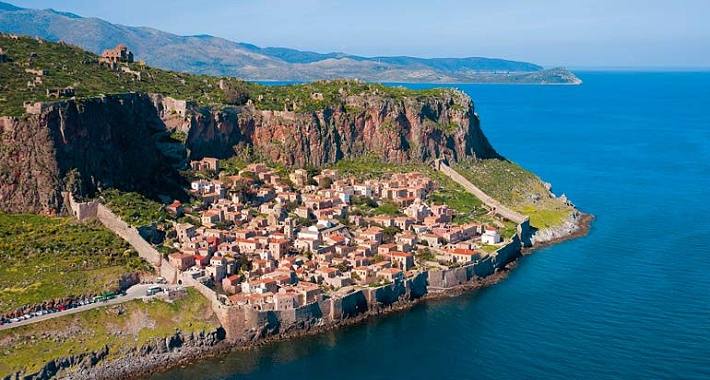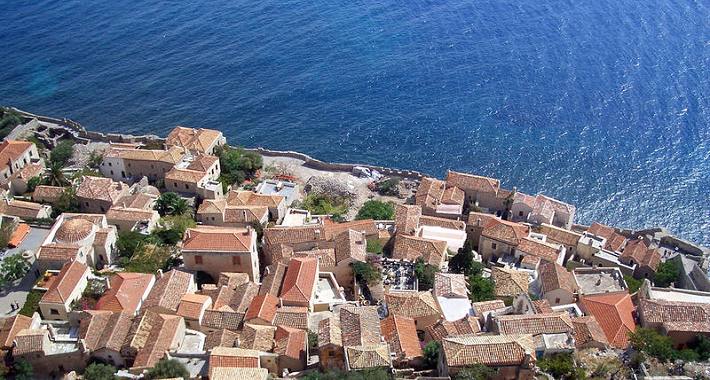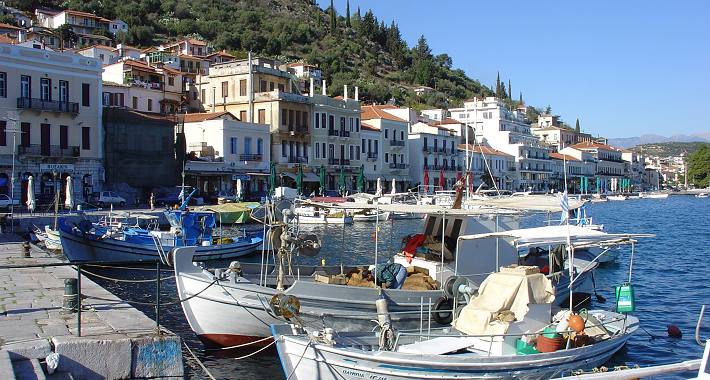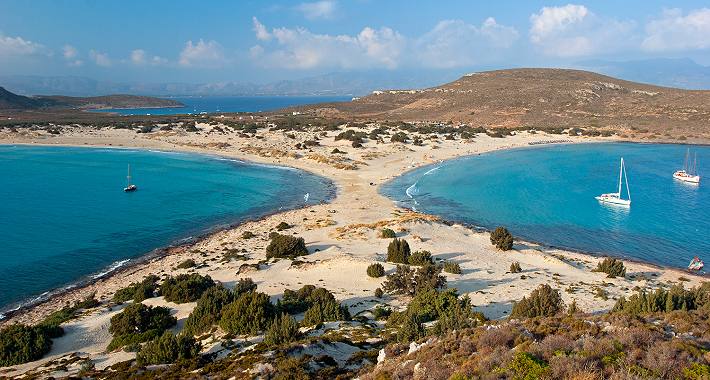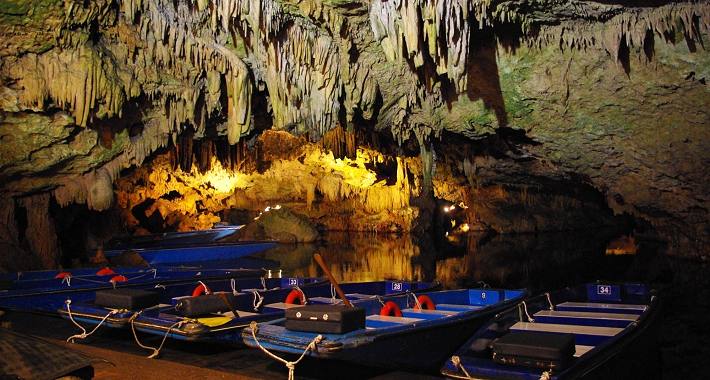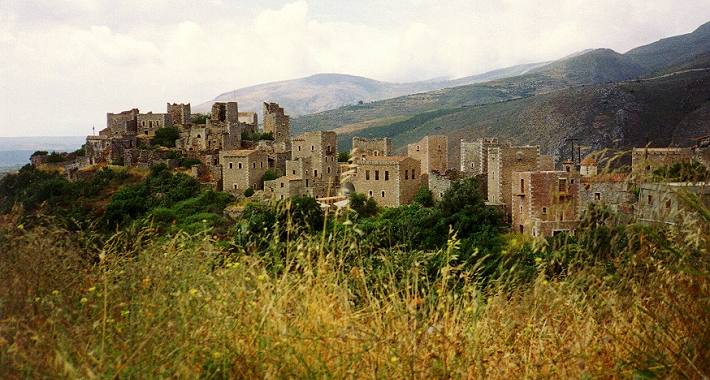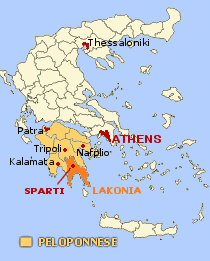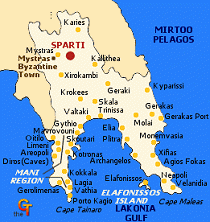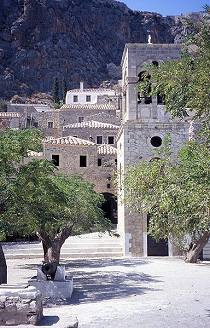Lakonia » The past
More about Lakonia
HotelsLakonia
The past
Things to see and do
Mystras, the Byzantine city-state
Monemvasia
Biotopes - Vatika district
Mani Region
Mani
The Towers of Mani
Areopoli
Diros and the Caves
Gerolimenas
Gythio
Oitilo (Itilo)
Vathia
Places in Lakonia
Archangelos and Plitra
Nea Monemvasia
Neapoli
Neapoli area - Vatika
Elafonissos Island
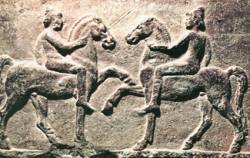
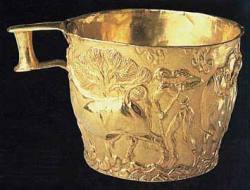
Lakonia covers approximately the same area as the ancient Lacedaemon or Lacedaemonia or Laconica. Initially, ancient Lakonia occupied only the valley of the Eurotas, but later extended to the whole of the southern Peloponnese.
It is a region which has played an important role throughout Greek history.
At the caves of Apidima to the west of Areopolis, traces of human presence and evolution dating back to a period from 200,000 to 20,000 years ago have been discovered.
With the setting of the Dorians in the region (1100 BC) Sparti became the centre of the new colonists.
After the intervention of the Thebans (4th century BC) it was confined within the limits of what is the present-day Prefecture of Lakonia. Its nucleus has, however, remained the valley of the Eurotas (the modem Evrotas), its only river, which, with its tributaries, drains the area between its two mountains, majestic Taigetos and thickly planted Parnon.
In Mycenaean times, Amycles and Pellana flourished here, said to be the site of the palace of Menelaus and the beautiful Helen of Troy.
Later, Dorian Sparta (Sparti) left its mark on the historical period. Without imposing monuments, without philosophical texts, its sole resources the legislation attributed to Lycurgus and the upbringing of the young, it determined the fate of the ancient world, not, as is usually thought, by force of arms, but by its way of life, and chiefly by its individualistic internal democracy -in contrast with wealthy and refined Athens.
Austerity, severity and introversion run like a thread through all the periods of this place's history.
Even at Mystras, later, in Byzantine times, there was little luxury, though there was grandeur and high civilisation -and a self-effacing nobility, which was summed up in Constantine Palaeologus, the last Emperor of Byzantium, who, setting out from here, fell in the last battle at the gates of Constantinople.
Monemvassia was the only town in Lakonia which had anything cosmopolitan about it -because of trade and its close relations and contacts with the Latins.
In the Mani, Lakonian particularity has continued into modern times in its strict and closed society, reflected typically in the Maniot towers, and the spirit of independence. The Maniots were the first to raise the flag of the Revolution of 1821 and helped to liberate the whole of Peloponnese.
This journey through history has left its marks scattered here and there on the Lakonian landscape, marks which time has respected.
More about Lakonia
Mani Region » Mani • The Towers of Mani • Areopoli • Diros and the Caves • Gerolimenas • Gythio • Oitilo (Itilo) • Vathia
Places in Lakonia » Archangelos and Plitra • Nea Monemvasia and the surroundings • Neapoli • Neapoli's surrounding area - Vatika • Elafonissos Island.
